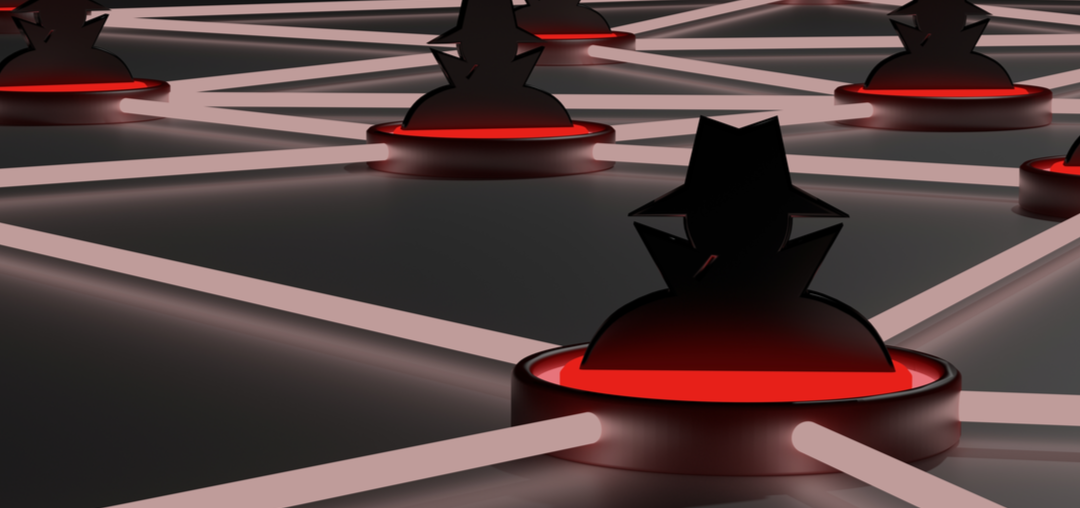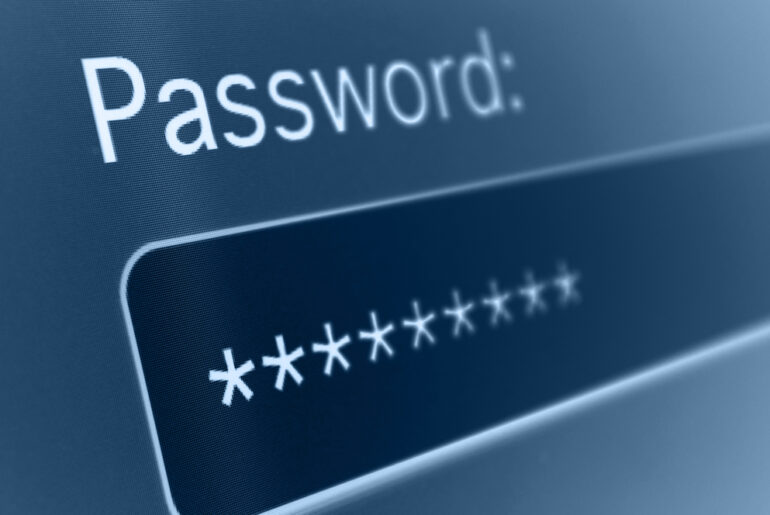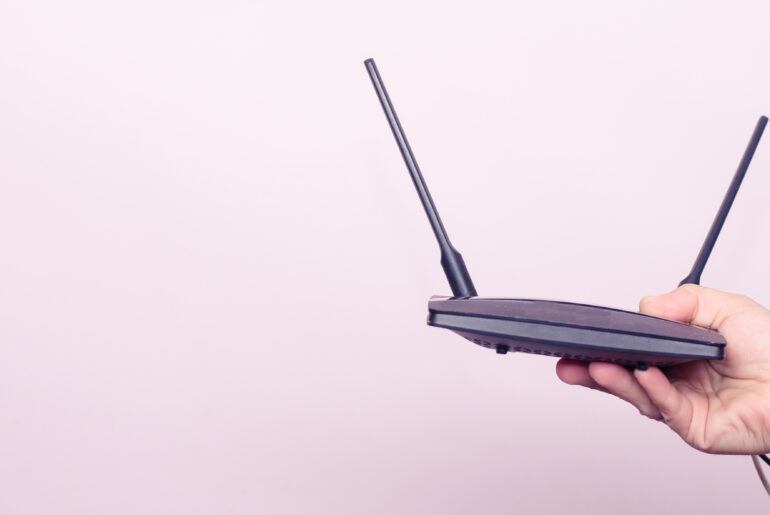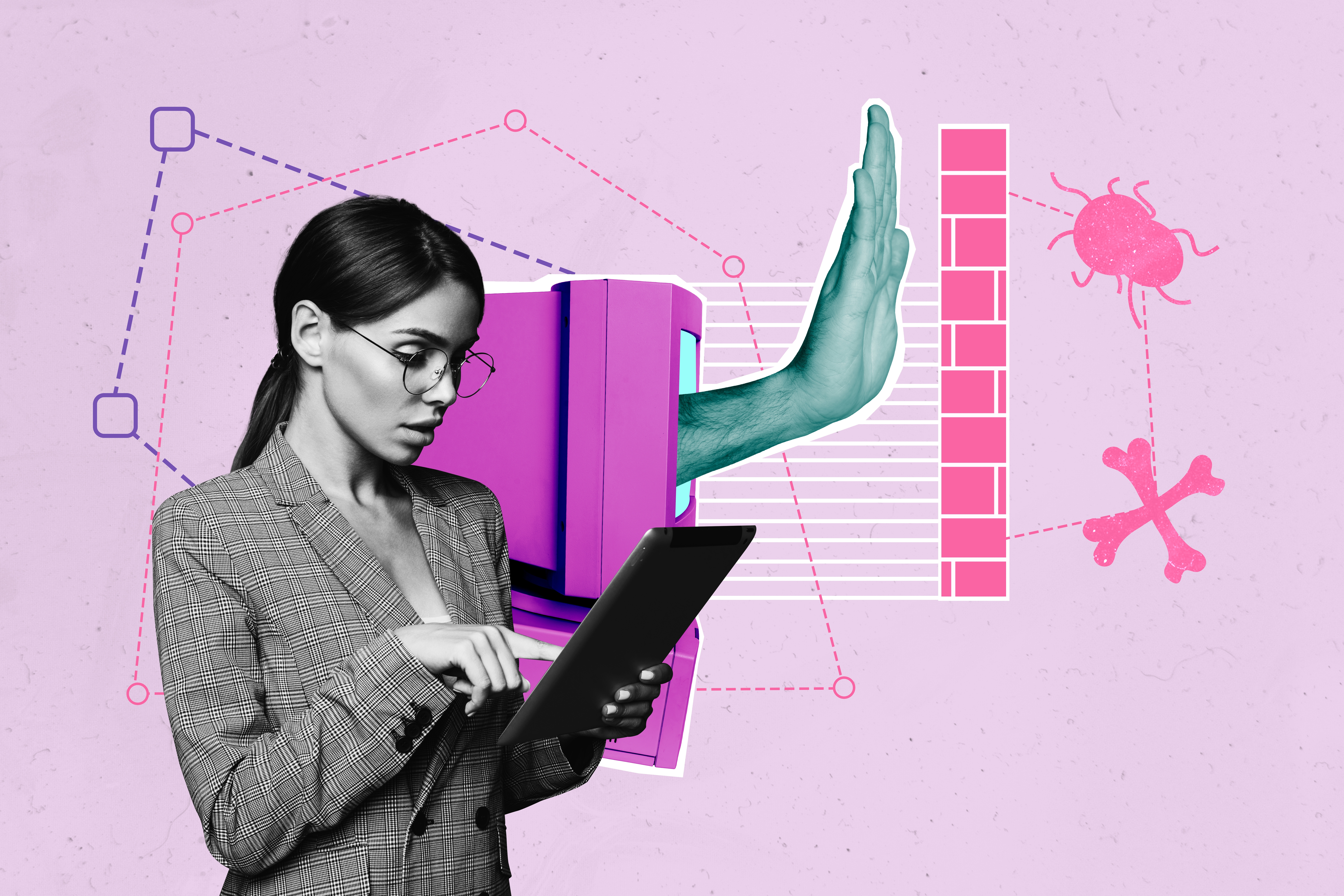At a little more than halfway through 2021, cybersecurity threats remain one of the biggest issues in the world. Hacker collectives have found new ways to bypass established cybersecurity. They can access business data, install malware, take control of a company cloud, and even engage in identity theft. Your personal information has never been more vulnerable to a wider range of cyber threats. That’s why it’s important that you’re aware of the cyber security threats that you face so it’s easier to fight them.
Top Cybersecurity Threats of 2021
Phishing
Pronounced “fishing,” “phishing” is the process of sending out requests for information that you don’t actually have the authorization to have. We’ve said multiple times that when it comes to cyber security, the biggest vulnerabilities aren’t software bugs. They’re people. We train our employees to be useful to the business, but often fail to train them in the best ways to protect their data from phishing.
The reason why these cyber-attacks are called “phishing” is that there isn’t a specific target. Phishing attacks involve sending lots of emails, texts, or instant messages that appear to originate in the company cloud. Like a fishing expedition, phishing keeps “throwing a line” out and hoping to “reel in” some useful information. What is considered “useful information”? Almost anything that a phishing attack gets can be a step closer to breaching your cybersecurity. Even innocuous-sounding data might be used as “bait” for the next phishing attack. A hacker getting cloud access through phishing can be devastating to a business.
And since so many people have started working remotely due to the pandemic, phishing has become more widespread. Because phishing exploits human vulnerability and business culture, it can be argued to be the biggest cybersecurity threat for the foreseeable future.

Ransomware Cyberattacks
Another big cybersecurity issue this year has been the increased use of ransomware against big targets. Ransomware is a type of malware that, once installed, encrypts part or all of your data. Hackers then demand a payment from the business, usually in cryptocurrency, for the release of their information.
What makes ransomware cyberattacks so prevalent is that they are 1) easy to accomplish, 2) very low risk, and 3) result in direct payment. Most cyberattacks are somewhat nebulous on how data is turned into money. With ransomware, hackers don’t have to sell the information to a third party to get paid. They don’t have to spend weeks phishing to get cloud access. They just need to collect the payment and, hopefully, release the information they are holding hostage.
When we say that ransomware cyberattacks are easy, we mean it. There are places on the Dark Web where you can buy ransomware kits for as little as $65 that contain all the information you need to customize and deploy your cybersecurity-destroying program. There’s a growing cottage industry of people who make templates to simplify cyberattacks, and ransomware is in high demand right now.

New Cybersecurity Threat: Polyglot Files
This is an interesting one that we haven’t covered much yet (just you wait!). A “polyglot file” is a piece of data that is actually more than one file type. For example, if you just downloaded a picture to a cloud-connected computer and ran it, it might also run a PHP script that installs malware on the rest of the business computers connected to that network.
Thinking that a simple image or document might breach your cybersecurity can be scary. There are several methods for making a polyglot file, from changing the extension to manipulating the underlying data. It can be part of a phishing expedition or the prelude to other cyberattacks.
Internet of Things Cybersecurity Exploits
Unfortunately, people don’t realize exactly how vulnerable their Internet of Things (IoT) devices are. They’re very helpful, but can be cybersecurity nightmares, giving access to your data and local cloud.
Part of why IoT devices are used by hackers is that they often don’t have very good cybersecurity of their own. Keep in mind that, as ubiquitous as they are becoming (I got a text ad for a “smart garage” while writing this), they are still new technology. Are you sure that your new video doorbell doesn’t have an exploit in the firmware? Or that your Alexa isn’t part of a complex phishing scheme? Breaking into one device on your network could give a hacker access to everything connected to that cloud, including your personal data.
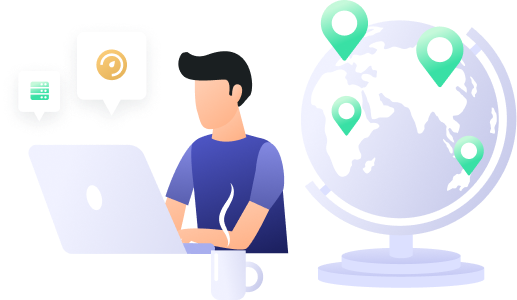
Business Insiders
If you’re concerned about the cybersecurity of your company and its data, then this could be an issue. In 2019, Verizon found that 57% of data breaches involved at least one legitimate employee. Even more frightening, 61% of insiders were not of a particularly high level in the business. And this was before the 2020 rise in cybercrime.
There are lots of ways that even entry-level employees can get access to higher-level data. For one, phishing is easier when you already have cloud access. It’s not entirely unbelievable that an employee might spend part of their day phishing by asking the kinds of questions that somebody at their level normally would.
Sometimes data isn’t limited to specific staff, making it free for anyone to see and potentially copy. Like phishing, insider data breaches are a function of the vulnerabilities that humans introduce to any cybersecurity plan. The only way to combat that is with good training and positive employee/management relations.
Improve Your Cybersecurity and Protect Your Data
These are only a handful of potential cybersecurity issues you may run into. However, they are what we predict to be the biggest threats to your data for at least the second half of the year.
Several of these can be prevented by protecting your data with a VPN, however some require a hard look at your cybersecurity. Have you trained employees to recognize phishing? Are there processes in place to maintain data integrity? Is there a reason why a particular employee might be untrustworthy?
Social engineering like phishing can lead to the installation of malware, data theft, and other security headaches. And outdated software, lack of security programs, or zero-day bugs can result in endless technical troubles.
The best way to ensure that you’re prepared to handle the many cybersecurity threats your business will face is to make a plan, communicate the plan, and stick to the plan. You can stop cybersecurity threats. Just be aware and alert, always.
Download PrivadoVPN
Protect your privacy with a world-class VPN. Sign up for premium access to PrivadoVPN and get unlimited monthly data, access to 300+ servers from around the world, and up to 10 simultaneous connections. Get a top-rated VPN that can secure your privacy at home, at work, or on the go.
Sign up for PrivadoVPN today!

